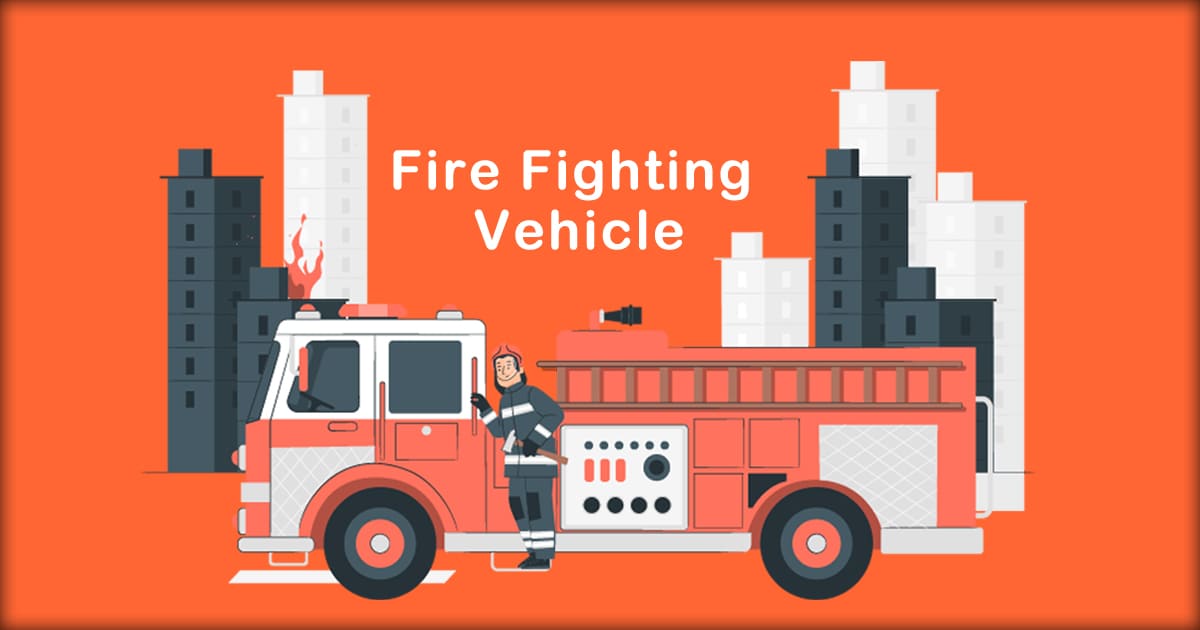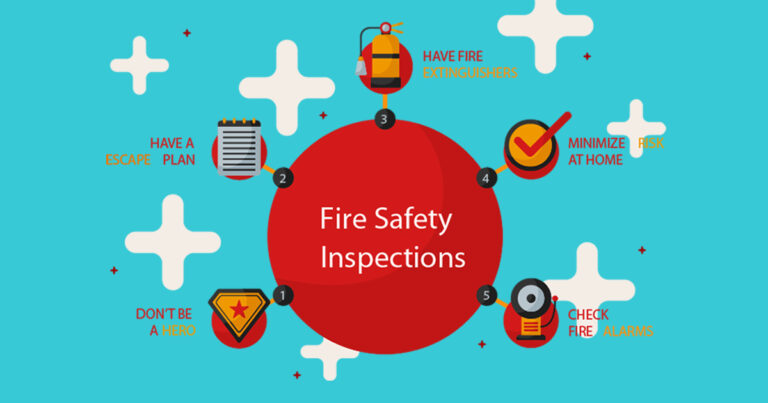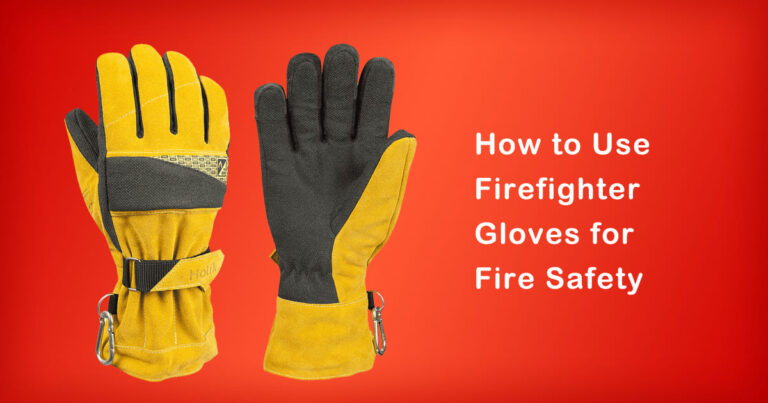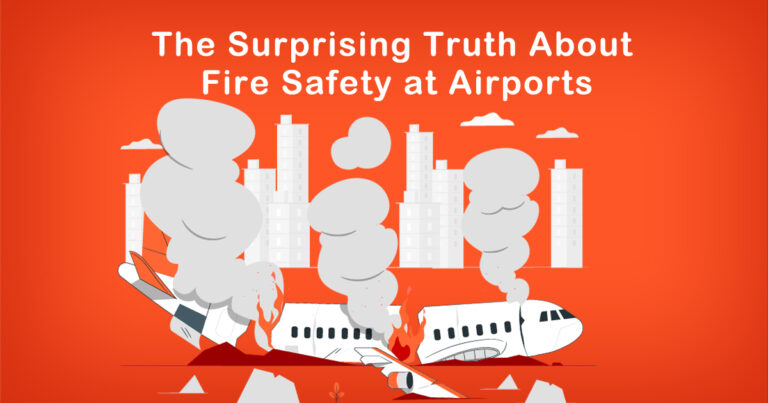Introduction
Fire incidents have been a significant threat to human lives and property for centuries. In India, fire incidents are rampant, and they lead to massive losses every year. In most cases, the losses can be attributed to the inadequate knowledge of how to use fire fighting vehicles. A fire fighting vehicle is a specially designed vehicle that is used to combat fires. These vehicles are equipped with a range of firefighting equipment, including hoses, pumps, and ladders, among others. In this blog post, we will provide you with a step-by-step guide on how to use a fire fighting vehicle for fire safety.
Step 1: Assess the Situation
The first step in using a fire fighting vehicle is to assess the situation. Before the vehicle can be deployed, it is essential to determine the severity of the fire, the location, and the type of fire. This information will help in determining the appropriate equipment needed to combat the fire. For instance, if the fire is in a high-rise building, a tall ladder may be required.
Step 2: Wear Protective Gear
Fire fighting is a dangerous activity, and it is essential to protect yourself before engaging in it. Protective gear includes fire-resistant clothing, gloves, boots, and a helmet. This gear will help protect you from the heat and flames.
Step 3: Position the Vehicle
The next step is to position the vehicle in a strategic location. The vehicle should be parked in a way that allows easy access to the fire. If the fire is in a building, the vehicle should be positioned close to the building, but not too close to avoid being caught up in the fire.
Step 4: Deploy the Equipment
Once the vehicle is in position, the equipment can be deployed. This includes hoses, pumps, and ladders. The hoses should be connected to the water supply, and the pumps should be turned on to supply water to the hoses. The ladders should be extended to the appropriate height.
Step 5: Start Fighting the Fire
With the equipment in place, it is time to start fighting the fire. The water from the hoses should be aimed at the base of the fire. The ladders can be used to access higher floors or to provide an escape route for people trapped in the building.
Step 6: Monitor the Situation
As you fight the fire, it is essential to monitor the situation continuously. This will help you determine if you need to adjust your strategy. If the fire is not responding to the water, it may be necessary to use foam or other fire retardants.
Step 7: Be Prepared for Emergencies
Despite all the preparations and precautions, emergencies can happen. It is essential to be prepared for such emergencies. This includes having a backup plan, such as calling for additional fire fighting vehicles or calling for medical help if necessary.
Conclusion
Fire fighting vehicles are an essential tool in combating fires. However, using them requires proper knowledge and training. By following the steps outlined in this post, you will be better equipped to use a fire fighting vehicle for fire safety. Remember always to prioritize your safety and that of others. With the right equipment and knowledge, we can help reduce the incidence of fire outbreaks in India and safeguard the lives and property of our communities.








